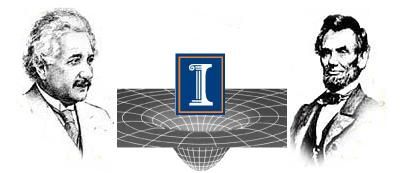Relativistic Simulations of Black Hole-Neutron Star Coalescence:
The Jet Emerges

- Vasileios Paschalidis
- Milton Ruiz
- Stuart L. Shapiro
Abstract
We perform magnetohydrodynamic simulations in full general relativity (GRMHD) of a binary black hole - neutron star on a quasicircular orbit that undergoes merger. The binary mass ratio is 3:1, the black hole has initial spin parameter $a/m = 0.75$ (m is the black hole Christodoulou mass) aligned with the orbital angular momentum, and the neutron star is an irrotational $\Gamma = 2$ polytrope. We adopt a $\Gamma$-law equation of state. About two orbits prior to merger (at time $t = t_B$), we seed the neutron star with a dynamically weak dipole magnetic field that extends into the stellar exterior. At $t = t_B$ the exterior has a low density atmosphere with constant plasma parameter $\beta \equiv P_{gas}/P_{mag}$. Varying $\beta$ at $t_B$ in the exterior from 0.1 to 0.01, we find that at a time $\sim 4000M \sim 100(M_{NS}/1.4M_\odot)ms$ [M is the total (ADM) mass] following the onset of accretion of tidally disrupted debris, magnetic winding above the remnant black hole poles builds up the magnetic field sufficiently to launch a mildly relativistic, collimated outflow - an incipient jet. The duration of the accretion and the lifetime of the jet is $\Delta t \sim 0.5(M_{NS}/1.4M_\odot)s$. Our simulations furnish the first explicit examples in GRMHD which show that a jet can emerge following a black hole - neutron star merger.
